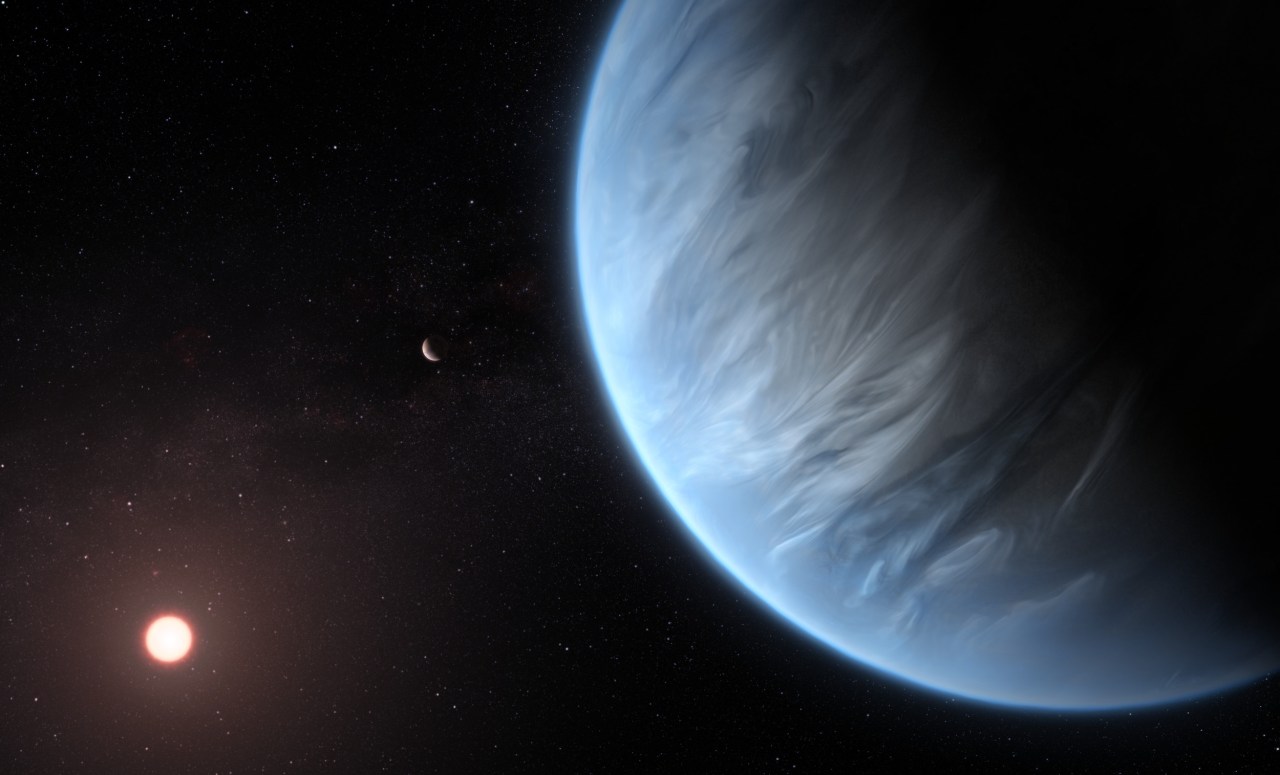The intersection of artificial intelligence and astronomy has opened up exciting new frontiers in our understanding of the cosmos. In a groundbreaking study led by scientists from UC Berkeley, machine learning has provided fresh insights into gravitational microlensing events, leading researchers to propose a new unifying theory. This area of research is redefining how we observe and interpret distant celestial phenomena, illustrating the power of technology to enhance human knowledge.
Understanding Gravitational Microlensing
Gravitational microlensing occurs when the light from distant stars is bent due to the gravitational field of an objecttypically a star or planetsituated closer to the observer. This bending can create a temporary spike in brightness, allowing astronomers to glean information about both the foreground object and the background star. However, deciphering the details from these observations has often posed a challenge, as the events can be complex and ambiguous.
The Role of Machine Learning in Astronomy
As the volume of data collected from astronomical surveys continues to rise, the need for efficient analysis becomes paramount. UC Berkeley doctoral student Keming Zhang and his team took a novel approach by training a machine learning model on data from previously recorded gravitational microlensing events. This algorithm was not only able to categorize known event types but revealed hundreds of instances that defied existing theories.
- Two Main Theories: Traditionally, astronomers classified microlensing events based on two core theories: one where the background star passes close to a foreground star and another where it passes near a planet. However, these classic theories failed to encompass the complexities of new microlensing events.
- AI’s Revelatory Role: Zhang’s model highlighted peculiar cases not explained by conventional understanding. These findings stormed open the door to a possible unified theory, thereby earning an unexpected position in astronomy discussions.
The New Unified Theory: A Paradigm Shift
The collaborative effort between machine learning and human intellect culminated in the proposal of this new unified theory. The team composed of researchers, including Ohio State Universitys Scott Gaudi, discovered that many microlensing events had been misclassified according to outdated doctrines. What was once regarded as depletion in the capacity to detect subtle anomalies was revealed as a rich field of discovery.
Implications for Future Research
The implications of this research extend far beyond just understanding gravitational lensing. It highlights the synergy of AI and human creativity, showcasing how machine learning can serve as a powerful ally in scientific inquiry. The newfound perspective on microlensing events not only paves the way for more accurate classifications but also enhances our ability to detect exoplanets, a hot topic in modern astrophysics.
- Expanding Knowledge: As the astronomy community begins to adopt these insights, we may witness unprecedented advancements in our understanding of distant star systems.
- Encouraging Interdisciplinary Collaboration: This type of research underscores the necessity for collaboration between data scientists and astronomers, fostering innovative methodologies that leverage AI’s power.
Looking Ahead
The journey to a more cohesive understanding of the cosmos is ongoing. As AI models become increasingly adept at uncovering patterns and providing insights, the limits of observational astronomy are being challenged like never before. Trust in these systems will grow as astronomers learn to integrate AI findings with traditional analysis, leading to a new era of celestial exploration.
At fxis.ai, we believe that such advancements are crucial for the future of AI, as they enable more comprehensive and effective solutions. Our team is continually exploring new methodologies to push the envelope in artificial intelligence, ensuring that our clients benefit from the latest technological innovations.
In conclusion, the collaboration between machine learning and astronomical research marks a promising frontier in our quest to unravel the mysteries of the universe. As we harness the capabilities of AI, we can look forward to new discoveries that enhance our understanding of not just what lies beyond our planet, but also of our place within the grand tapestry of space and time.
For more insights, updates, or to collaborate on AI development projects, stay connected with fxis.ai.

